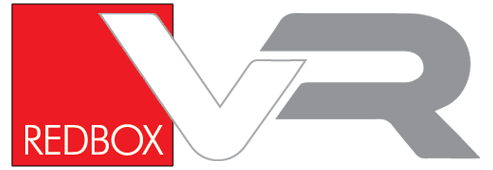A HTC VIVE Focus 3 headset is going to be sent to Andreas Mogensen, a Danish engineer and ESA astronaut best known for being the first Dane to fly in space as part of the European Space Agency’s iriss program.

Due to take place on 7th November 2023, a resupply mission will send one of HTC’s VIVE Focus 3 VR headsets intended to alleviate mental stress that NASA says comes from a “lack of privacy, high and variable workloads and separation from loved ones”.
The tweaked, microgravity-friendly version of the Focus 3 will be sent to the International Space Station pre-loaded with 10 360-degree videos, including some from Denmark, where Andreas is from with the idea of trying to give him a sense of home. The software will also offer short breathing and meditation exercises, while further updates may bring more features after the headset is on the station.
Thomas Dexmier, AVP of Enterprise Solutions at HTC, told The Verge in an interview that, besides software changes and some necessary power management adjustments, the Vive Focus 3 Mogensen will test is otherwise the same one it sells here on Earth.

Some aspects of the Focus 3 are different, however. For example, VR headsets on Earth rely on gravity vectors to align orientation. Obviously, these vectors cannot be relied on anymore in space and HTC had to find a solution to how the headset could be used in orbit.
The solution that they came to was to use one of the headset’s controllers as an anchor point which can be used to tell the headset where to bae it’s movement from.
HTC hope to help astronauts such as Andreas to achieve a better quality of life when in orbit. Astronauts are tough individuals who are accustomed to having little privacy, being constantly surrounded by humming machines and generally living in an uncomfortable environment.
If the escapism that the Focus 3 offers can be a form of comfort to Andreas during his time in space, then the initiative and VR industry as a whole is a fantastic use of technology.
